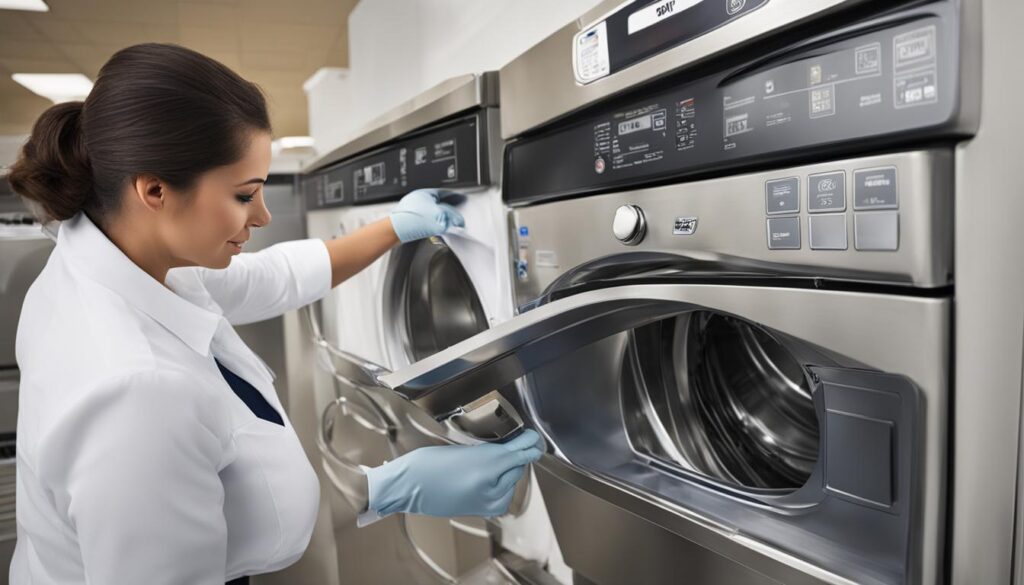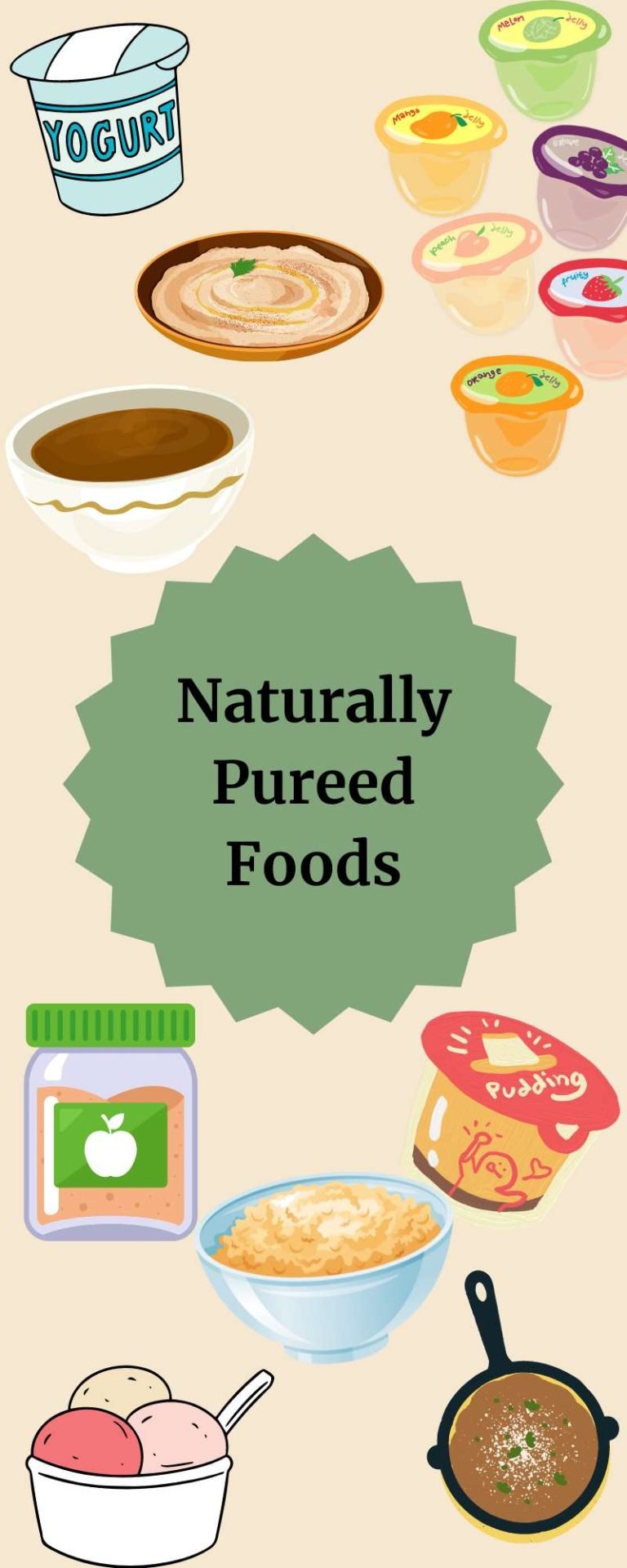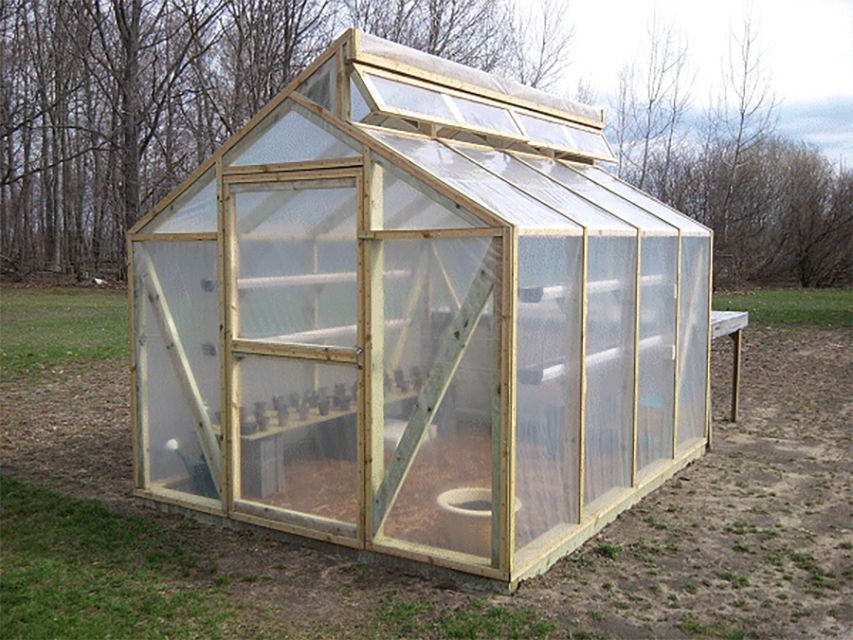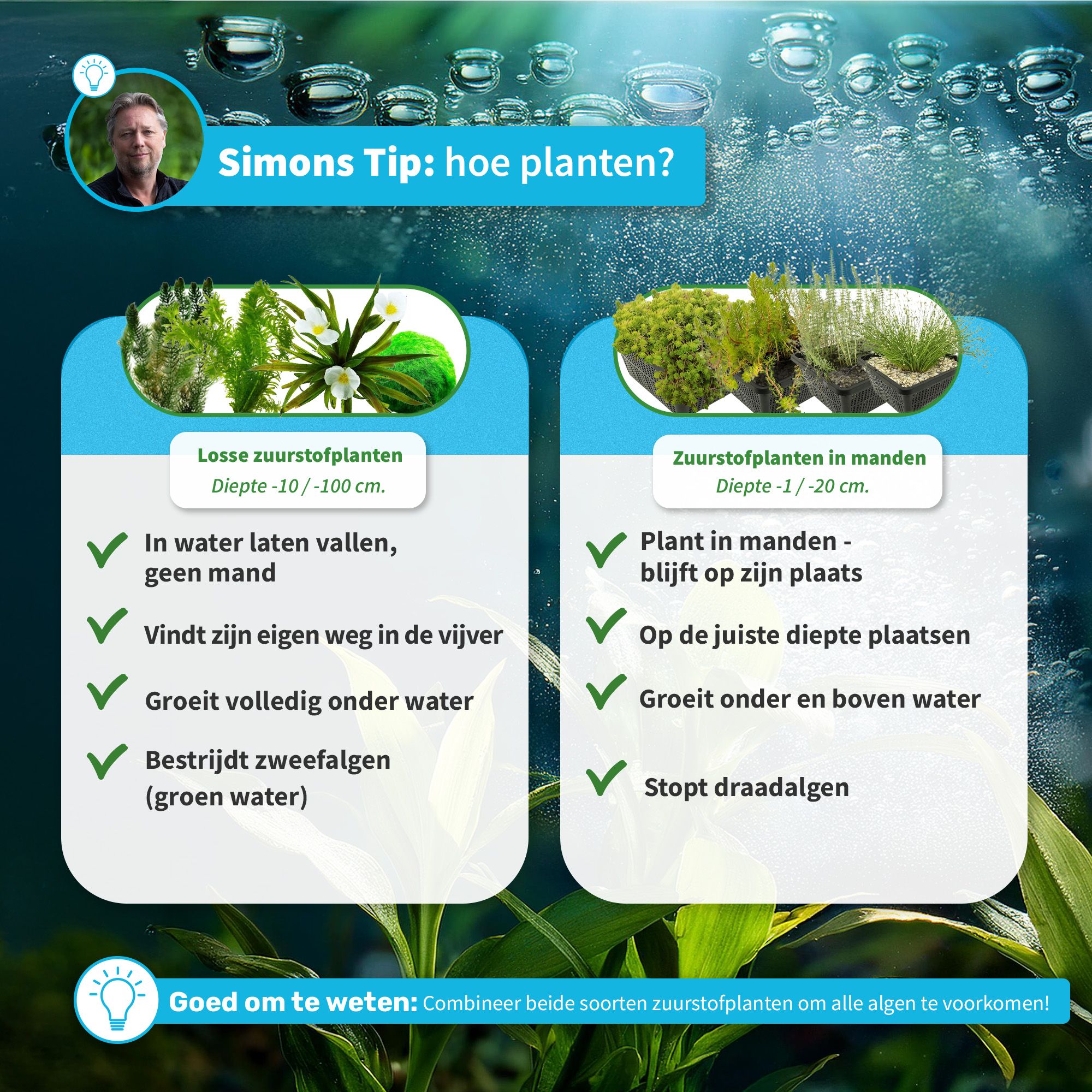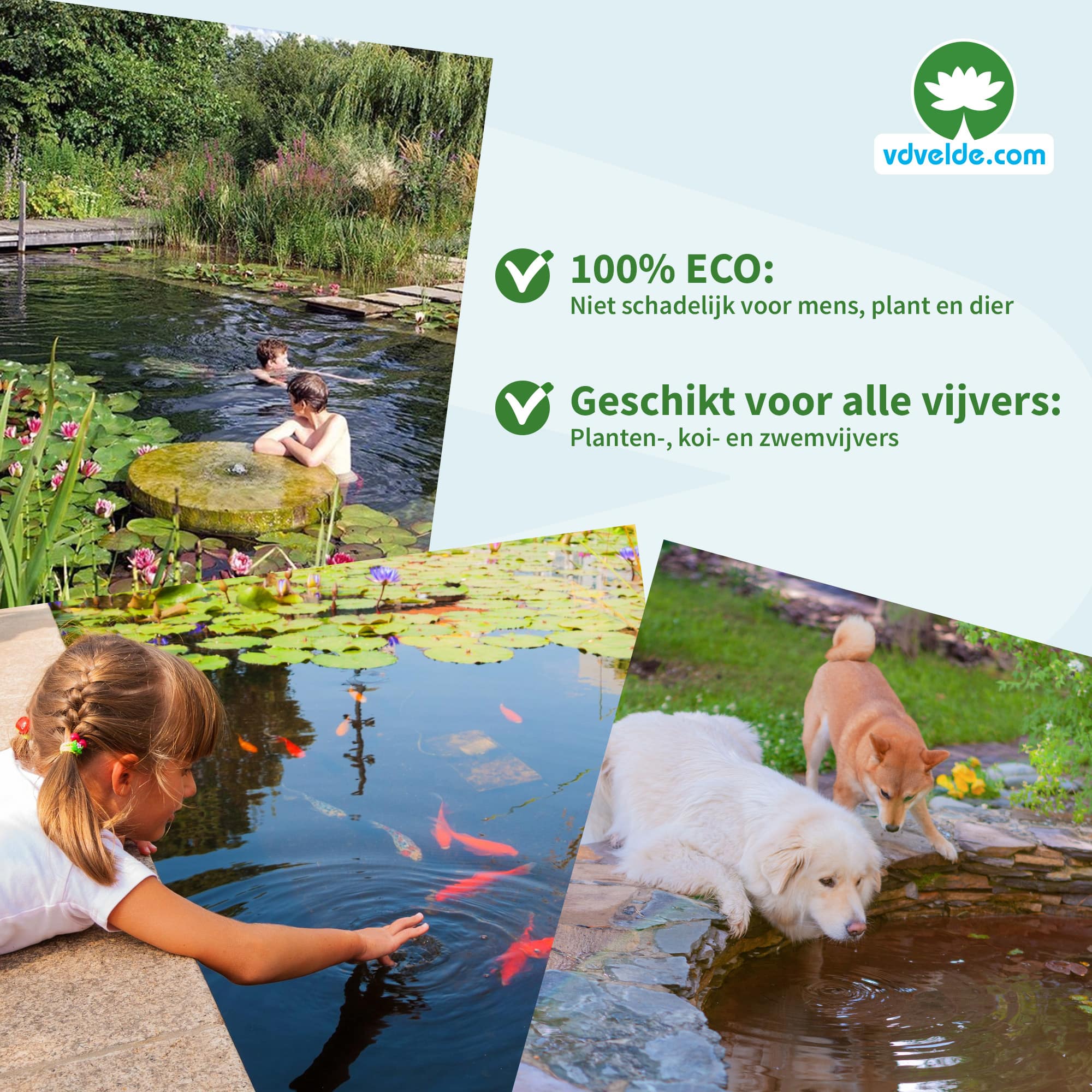How to Purée Food: A Step‑by‑Step Guide for Silky, Safe, and Flavor‑Packed Results
Why Puréeing Matters and What You’ll Achieve
Puréeing transforms cooked ingredients into a smooth, uniform texture that’s ideal for soups, sauces, sides, and specialized diets. With the right cooking, liquid ratios, and blending technique, you can create silky purées that hold their shape, carry bold flavor, and reheat well for meal prep. This guide provides practical steps, alternatives if you don’t own a blender, and solutions for common issues, supported by verified best practices from culinary and nutrition resources [1] [2] [3] [4] .
Core Equipment and Safe Alternatives
The fastest route to an ultra-smooth texture is a countertop blender. It creates a vortex that pulls ingredients down to the blades, producing finer textures than most manual methods. Immersion blenders work well directly in pots or bowls, especially for soups. Food processors handle thicker mixes but may require more scraping. If you don’t have electric tools, a food mill or ricer combined with a sieve can still achieve a refined result-this manual approach just takes more effort and time [1] [3] [4] .

Source: foodabovegold.com
Step‑by‑Step: How to Purée Food
1) Prep and Cook Until Very Tender
Clean, peel, and remove inedible parts (like seeds or tough stems) from vegetables and fruits. For dense produce such as squash, carrots, or potatoes, cook until a fork slides through with little resistance. Moist-heat methods (steam, simmer, poach) or dry-heat (roast) can be used; roasting concentrates flavor, while steaming preserves moisture. Soft produce like bananas or avocados can be puréed raw. Cooking adequately is critical: undercooked ingredients cause grainy textures and overload blenders [1] [3] [4] .
2) Portion Liquids Carefully
Add a minimal amount of liquid to get the blades moving and adjust incrementally. A practical starting guideline is roughly 1 part liquid to 4 parts cooked solids to maintain a purée, not a soup. Use water, broth, milk/cream, or warm sauce based on your flavor goals. Add more liquid only as needed for flow and desired thickness. Too much liquid can thin the purée beyond repair, while too little can stall the blades or cause uneven texture [1] [2] [3] .
3) Load the Blender or Choose Your Tool
For blenders, add solids first, then a small amount of liquid near the blades, and seasonings last. For immersion blenders, work in a tall pot or jar and fully submerge the head at a slight angle to minimize splashing. For food mills or ricers, pass ingredients through while warm; then whisk in warm liquid to reach a smooth, cohesive finish. If you want a Michelin-level sheen, pass the finished purée through a fine sieve to remove micro-fibers and air pockets [1] [3] [4] .
4) Blend for Texture, Not Just Time
Start low, then increase speed and blend until the mixture is completely smooth. Stop and scrape the sides as needed. A tamper can help keep ingredients circulating in high-speed blenders. If the blades cavitate (spin without grabbing), gently add a tablespoon of warm liquid and resume. Continue until the purée ribbons smoothly off a spoon and shows no visible grain. If it looks glossy and mounds slightly when spooned, you’ve hit an ideal consistency for plating [3] [1] .
Examples and Applications
Vegetable Purées (e.g., Carrot, Squash, Cauliflower)
Roast or steam until very tender. Transfer to a blender with just enough warm stock or cream to start the blades. Blend until satin-smooth, then season. If serving as a plated dollop, keep it slightly thick; for soup, loosen with more liquid after blending. For squash, roasting deepens sweetness, and pushing cooked flesh through a rack or sieve removes peel remnants for a cleaner purée before blending. You can then finish with butter or olive oil for shine and richer mouthfeel [1] [3] .
Soups and Sauces
When puréeing soups, strain solids, blend them smooth, then re-incorporate cooking liquid to reach the desired thickness. If the result is too thin, you can thicken by blending in starches like cooked potatoes, instant potato flakes, or crumbs. These adjustments help maintain body without diluting flavor. Always reheat gently to avoid splitting dairy-based soups [2] .
Starches (Potatoes and Roots)
Potatoes purée well when cooked through and combined with warm liquids like milk, broth, or cream. Avoid over-puréeing potatoes in high-speed blenders as it can make them gummy; work gently and stop when smooth and cohesive. Waxy potatoes may need more fat for a silky texture. For roots like parsnips, balance sweetness with acid (a squeeze of lemon) at the end [2] [4] .

Source: dietitianrevision.com
No‑Blender Alternatives
If you lack a blender, you can still achieve smooth results. Use a food mill or ricer over a bowl; pass the cooked ingredient through while hot, then stir or whisk in warm liquid until glossy. For extra refinement, press the mixture through a fine sieve. These methods produce an elegant texture suitable for plating, though they require more manual effort and multiple passes for ultra-smooth finishes [3] [4] .
Consistency Control: Thickeners and Adjustments
To fix a purée that’s too thin, you may blend in thickening agents that won’t overwhelm flavor. Practical options include instant potato flakes, bread or cracker crumbs, crushed croutons, or a small amount of commercial thickeners. Add gradually, blend thoroughly, and rest the purée for a minute to allow absorption before adjusting again. For too-thick purées, whisk in warm stock, milk, or reserved cooking liquid a tablespoon at a time [2] .
Food Safety and Hot Blending Tips
When blending hot mixtures, avoid overfilling the container and allow steam to vent (loosen the lid cap or cover with a towel as directed by your appliance’s safety guidance). Hot steam can build pressure and cause splatter. Immersion blenders reduce transfer steps-keep the head fully submerged to limit air incorporation and splashing. Always verify your tool’s max-fill guidance and blend in batches when necessary. These techniques help ensure both safety and a smoother finish [1] .
Troubleshooting Common Problems
Grainy texture usually means undercooked ingredients or insufficient blending-extend cooking and re-blend, then sieve if needed. Watery purée often results from excessive liquid; reduce on low heat to concentrate or add a mild thickener. Gummy potatoes come from overworking starches at high speeds; switch to a ricer or fold gently and stop earlier. If flavors taste flat after blending, adjust salt and acidity-finish with lemon juice or vinegar and a knob of butter or olive oil for balance [2] [3] [4] .
Serving, Holding, and Storage
Serve vegetable purées warm as a bed for proteins or swirl into soups for body. For holding, keep warm over low heat, stirring occasionally to prevent scorching. For storage, cool rapidly and refrigerate in airtight containers; reheat gently with a splash of liquid to restore sheen. Many purées freeze well; thaw slowly and re-emulsify with warm liquid and fat as needed to regain a smooth mouthfeel. Straining just before service can restore a restaurant-quality texture [3] [4] .
Step‑By‑Step Quick Start Checklist
- Cook produce until very tender (fork-tender or softer).
- Start with minimal warm liquid-about 1:4 liquid to solids-and adjust.
- Blend, scrape, and continue until fully smooth; sieve for ultra-silky results.
- Season at the end; balance salt, acid, and fat for depth.
- Adjust thickness with reserved liquid to loosen or mild thickeners to tighten.
Following these fundamentals will consistently yield smooth, flavorful purées, whether you’re building elegant plates, comforting soups, or texture‑modified meals for easier eating. The methods above reflect established kitchen practice and nutrition guidance for reliable textures and safe, efficient preparation [1] [2] [3] [4] .
References
[1] KitchenAid (2023). How to Purée Food Using a Blender: An Easy Guide.
[2] Nova Scotia Health (2024). How to Purée Foods.
MORE FROM hotondeals.com


